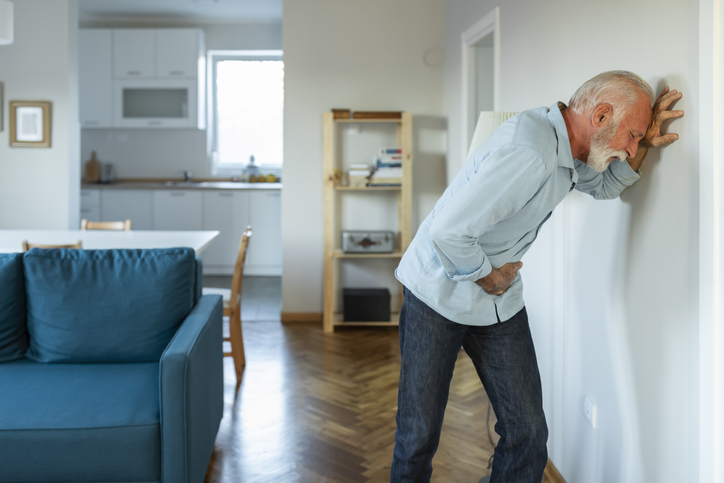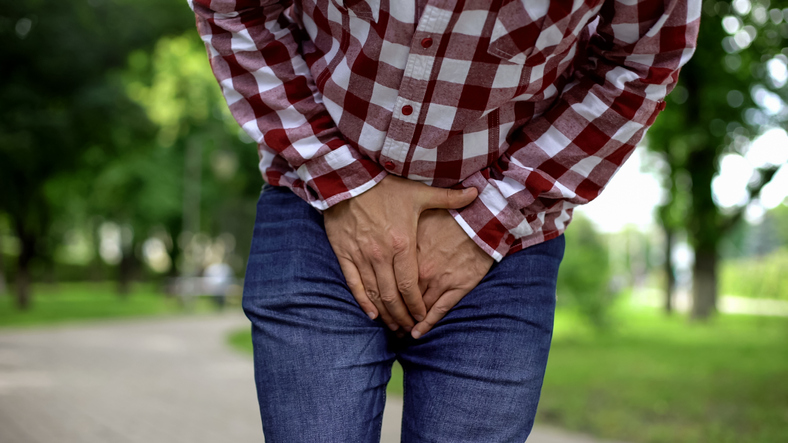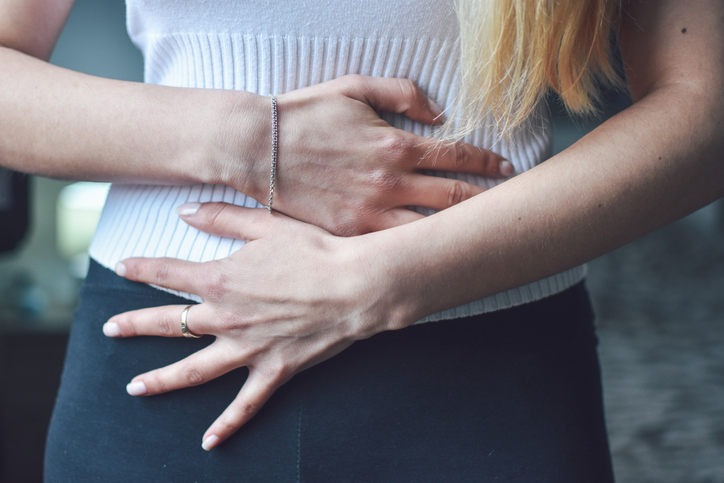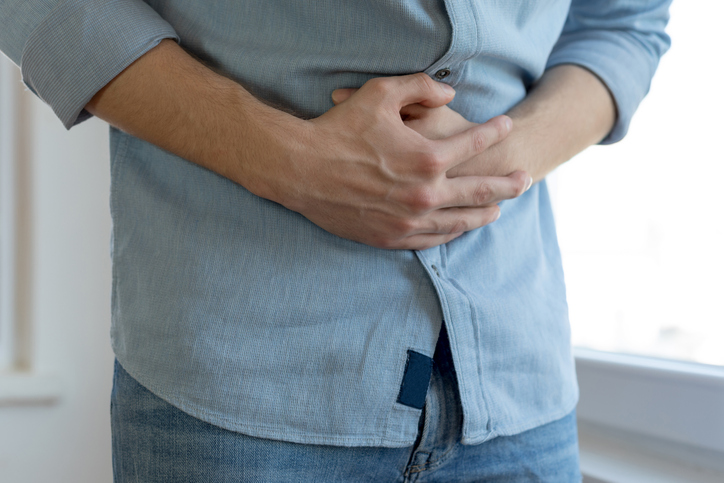Pain
What Is Interstitial Cystitis?

Interstitial cystitis, also known as painful bladder syndrome (PBS), is a chronic pain condition. It causes bladder pressure and pain. An individual with interstitial cystitis will feel the urge to urinate frequently but may only produce a small amount of urine. Interstitial Cystitis symptoms can be the same as those as a urinary tract infection, but an infection is usually not present. If a person is experiencing chronic bladder pain and frequent urinary urges, contacting a health care provider is important.
Diagnosis
A physician will request a urine sample to rule out infection. A pelvic exam is usually necessary to examine the external genitals, vagina and cervix. A health care provider will take a detailed medical history and ask the individual to keep a bladder diary recording the volume of fluids consumed and the volume of fluid excreted through urine.
Symptoms
Symptoms vary from person to person and may even subside for months or years.
- Painful intercourse
- Pain in the pelvis between the vagina and anus
- Pain between the scrotum and anus
- Chronic pelvic pain
- Persistent need to urinate
- Pain as the bladder fills
- Relief after urinating
- Abnormal substances in the urine
Risk factors
- Age
- Race
- Autoimmune conditions
Common triggers
An individual may have flare ups caused by common triggers, including the following:
- Sitting too long
- Stress
- Exercise
- Allergies
Some individuals with interstitial cystitis find that certain foods trigger and irritate the bladder. The common four bladder irritants are known as the “4 Cs” — coffee, caffeine, carbonated beverages and chocolate. Tomatoes and artificial sweeteners can also irritate the bladder. Keeping a list of foods believed to be triggers and eliminating them one by one and then slowly adding them back to the diet helps identify food triggers.













